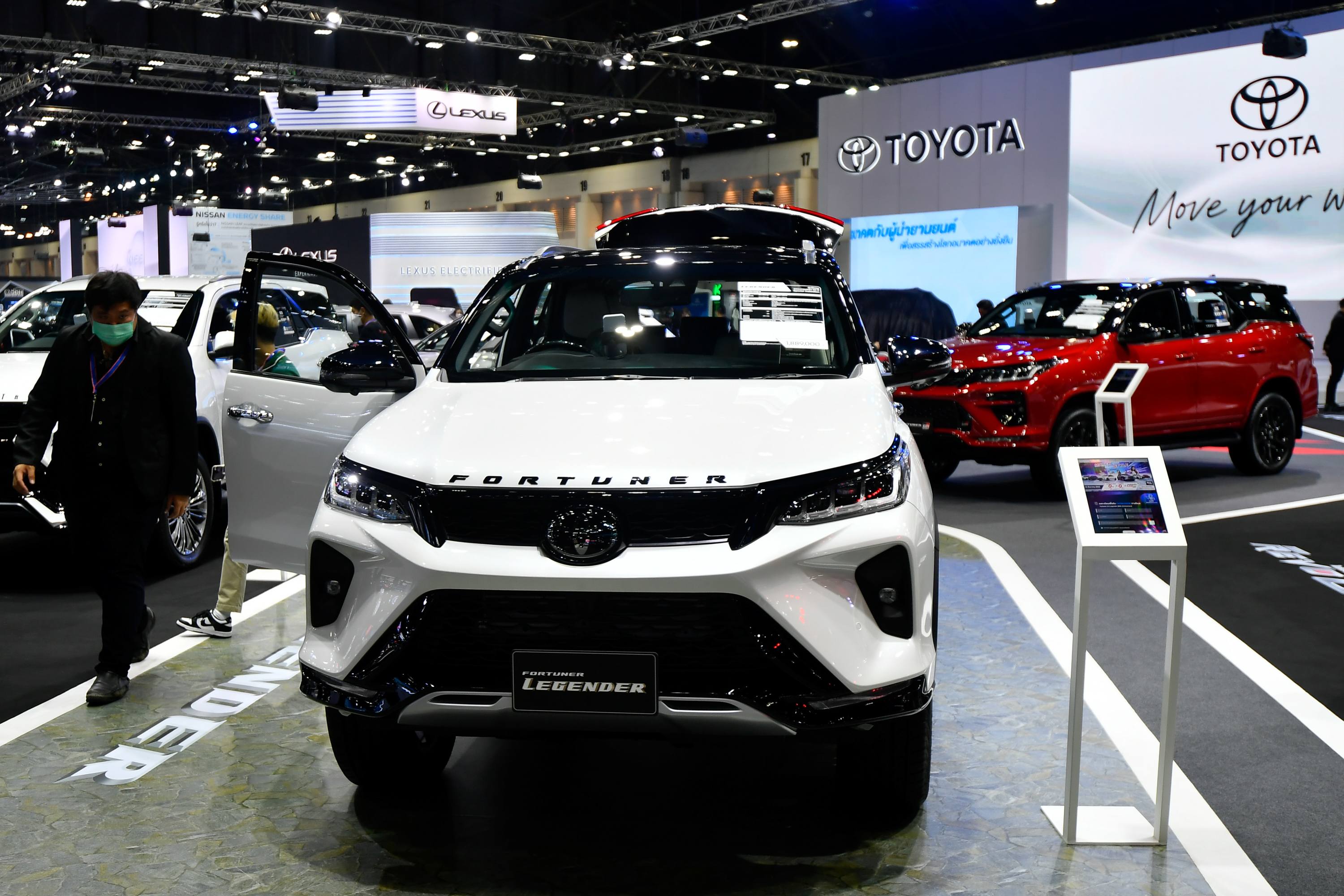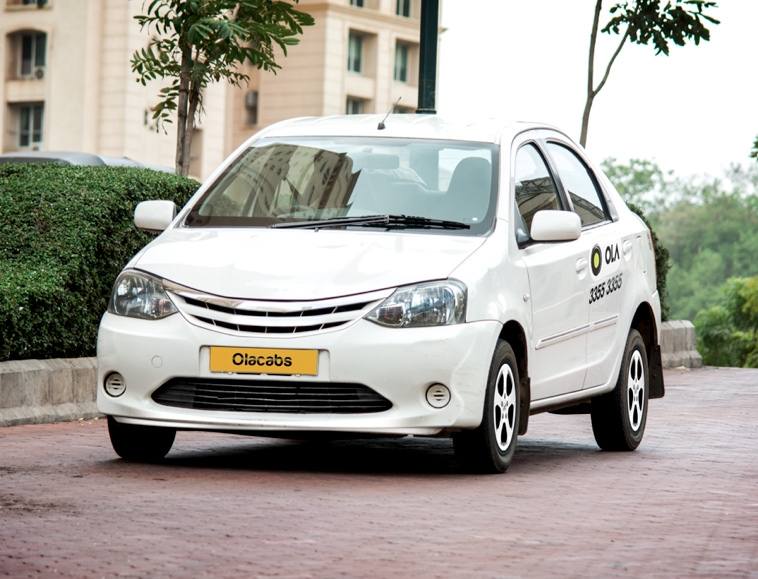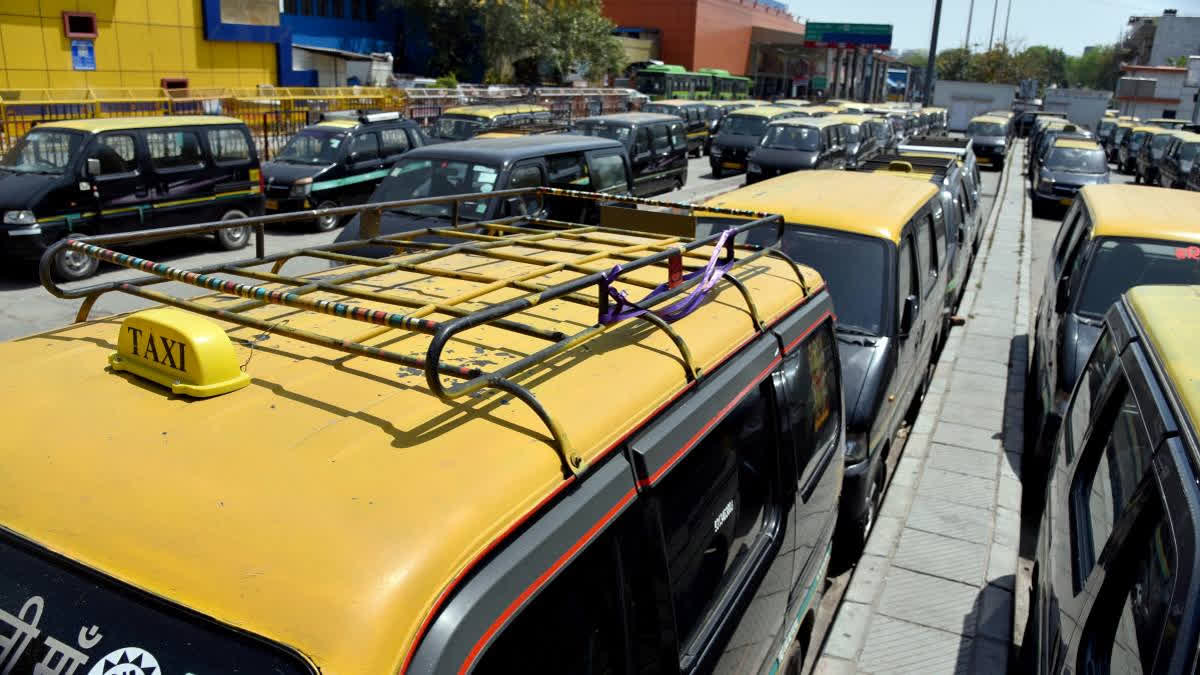In a landmark judgement handed down by the Supreme Court on November 6, the issue of whether Light Motor Vehicle (LMV) driving licence holders can drive transport (read commercial) vehicles with a weight not exceeding 7,500 Kg was resolved in favour of the drivers.
The apex court ruled that a person holding a driving licence for an LMV is also entitled to drive a transport vehicle having an unladen weight below 7,500 kilograms.
This ruling has substantial implications for commercial drivers and insurance companies alike, offering clarity on the interpretation of the Motor Vehicles Act, 1988 (MVA) and the eligibility criteria for driving various types of vehicles.
Vehicles you can drive with LMV Driving Licence
Light Motor Vehicles (LMVs) licence allows personal use of passenger or transport vehicles for personal use.
In India, LMVs typically refer to passenger vehicles such as cars and vans, meant for personal use. Now, one can drive these vehicles when they are used for commercial purposes as well and will not require a separate transport vehicle driving licence as was the case until this ruling.
LMVs are characterised by their gross vehicle weight (GVW) or unladen weight (weight without cargo) that does not exceed 7,500 kg, as defined in the MVA.
Additionally, one can also drive light commercial vehicles such as small trucks, minibuses and three-wheelers used for transporting goods or passengers, and fall in the said GVW category of LMV.
Industry Experts Hail Decision
Naveen Gupta, All India Motor Transport Congress, Secretary General, welcomed the ruling stating, "We welcome this move as it is a positive step for our youth. Several persons have driving skills but due to lack of commercial vehicle driving licence, they don’t drive Light Commercial Vehicles," he said.
"After this move, youth who have LMV licences can now drive taxis, E-rickshaws, autos and small commercial vehicles. If we have driving skills then why should not people drive taxis or E-rickshaws to earn livelihood for the family," he added.
Gurmeet Singh, Chairman of the Centre Motor Vehicle Rule Committee (BOCI) said, "The decision will help to curb insurance companies' claim settlement issues. Earlier, these companies were creating several issues during claim settlement on this matter, now every aspect is clear after this decision.”
Vimal Wahi, Treasurer of Delhi Contract Bus Association, echoed similar thoughts saying, "This decision will improve drive/commercial vehicle ratio. Currently, there is a shortage of commercial drivers but now LMV drivers will fill the gap and enhance the situation. These persons already drive almost the same category of vehicles for domestic purposes which are used in taxis."
Dr Harish Sabharwal, General Secretary of the Delhi Contract Bus Association noted, "It is technically the right decision that will help to generate employment opportunities for youths. After this move, youths who have driving skills will be able to drive taxis or other light vehicles."
Can you drive a two-wheeler, luxury SUV or an Ola/Uber Cab with an LMV Licence?
This raises an interesting question: Does an LMV licence allow you to drive a high-end SUV like the Toyota Fortuner or an Ola Cab or a two-wheeler like Activa?
Let's break it down:
- Can I drive a Toyota Fortuner with an LMV licence?
Yes, you can! A Toyota Fortuner, being a passenger vehicle that falls under the LMV category, can be driven with an LMV licence, as long as the total weight does not exceed the 7,500 kg limit.

- Can I drive an Ola cab with an LMV licence?
Good news! You do not need a special licence to drive an Ola or any similar ride-hailing car. Since these cars fall under the LMV category, your standard LMV driving licence is all you need.

- Can I drive Activa with an LMV licence?
Here's the twist! While you may be good to go with your car, an LMV licence won't let you hop onto an Activa (motorcycle from the house of Honda). The LMV licence is for four-wheelers only, not two-wheelers. To ride any scooter, you need a separate motorcycle licence- specifically, a Motorcycle With Gear (MCWG) licence.
Background of the case
The legal question surrounding LMVs arose from a previous case, Mukund Dewangan vs Oriental Insurance Company Limited, decided by the Supreme Court in 2017. In this case, the court ruled that a person holding an LMV licence could drive a transport vehicle with a gross vehicle weight of up to 7,500 kg, without needing a separate licence.
The verdict was based on the interpretation that an LMV driving licence includes vehicles that are used for commercial purposes, as long as their weight does not exceed the prescribed limit. The ruling was welcomed by drivers of small transport vehicles, as it allowed them to operate without the need for additional authorisation.
However, this judgement became contentious in subsequent years, particularly when insurance companies began rejecting claims related to accidents involving LMV drivers operating commercial vehicles. The companies argued that such drives were not properly licensed to drive transport vehicles and therefore should not be covered by insurance policies meant for professional drivers of transport vehicles.
Supreme Court's diktat extends clarity
The five-judge Constitution Bench, headed by Chief Justice DY Chandrachud, revisited the issue in 2023 after multiple insurance firms and other stakeholders raised concerns. The court's judgement clarified that individuals holding an LMV driving licence are indeed permitted to operate transport vehicles, as long as the Gross Vehicle Weight (GVW) does not exceed 7,500 Kg. This ruling upholds the spirit of the 2017 Mukund Dewangan decision, which had been contested by various parties, including insurance companies.
What The Judgment Says?
- LMV drivers are allowed to operate vehicles with a GVW under 7,500 kg, even if these vehicles are used for transporting goods or passengers.
- No additional authorisation or licence is required beyond the standard LMV driving licence for such vehicles.
- The judgement aims to avoid livelihoods being jeopardised for several commercial drivers who rely on this interpretation of the law.
Insurance Companies Vs Drivers
One of the core concerns addressed in the case was the conflict between drivers and insurance companies regarding claims. Insurance firms had argued that they should not be liable to pay claims for accidents involving drivers with only LMV licences when the vehicles involved were used for commercial purposes. They pointed out that the MVA distinguishes between LMVs and transport vehicles in terms of licence requirements, training, and eligibility criteria.
However, the court ruled in favour of the drivers' livelihood.
The Legal Argument
The confusion regarding LMVs and transport vehicles arose from the way the Motor Vehicles Act (MVA) categorises vehicles. LMVs are generally defined as vehicles with a gross weight of up to 7,500 Kg. Transport vehicles, however, are defined more by their use rather than just weight. A transport vehicle is any vehicle used for commercial purposes such as carrying goods or passengers for hire.
Critics of the Mukund Dewangan judgement argued that LMVs and transport vehicles should be treated as distinct categories, as they have different eligibility requirements, training regimes, and licences.
- Eligibility
LMV licence- 18 years
Transport vehicle licence- 20 years
- Duration of Licence Validity
LMV- 20 years
Transport vehicles- 3 years (1 year if transporting hazardous materials)
- Training requirements
LMVs require basic training, while transport vehicles demand additional training including fire fighting, first aid, and modules on public relations.
Socio-Economic Considerations: Livelihoods and Social Policy
Chief Justice Chandrachud emphasised that the Court must tread carefully when making decisions that affect the livelihoods of workers. The court directed the Ministry of Road Transport and Highway (MORTH) to asses the broader social impact of any policy change, including implications for driver safety, insurance coverage, and commercial vehicle regulations.
Conclusion: A Compromise for Commerical Drivers
The Supreme Court's latest judgement provides clarity on the issue of LMV licences and their applicability to transport vehicles weighing less than 7,500 Kg. The ruling is a positive development for commercial drivers who depend on their ability to legally operate such vehicles, as it ensures that their livelihoods are not put at risk.
At the same time, the judgement places the onus on the government to review and possibly update the legal framework to address the evolving realities in the transport sector. The Ministry of Road Transport and Highway has been tasked with considering safety standards, insurance implications, and the changing nature of the transport industry in future regulations.



